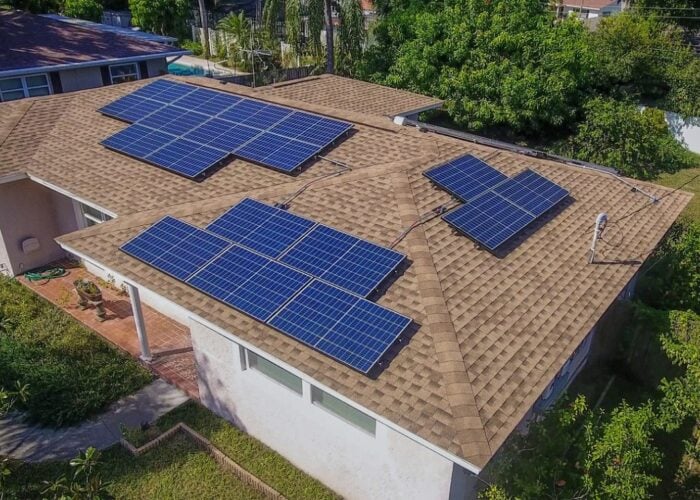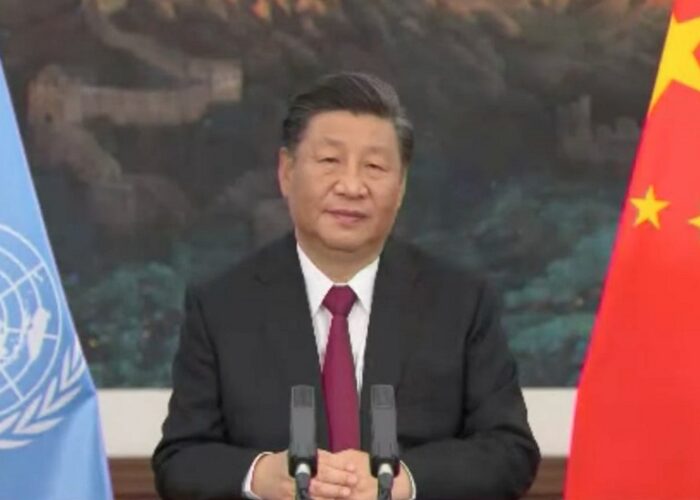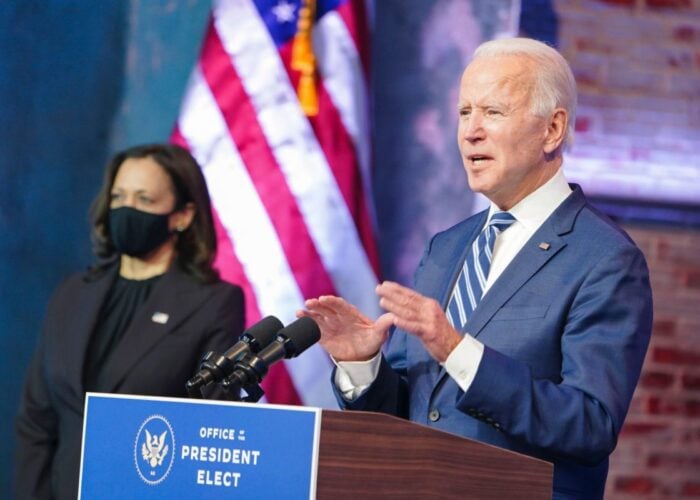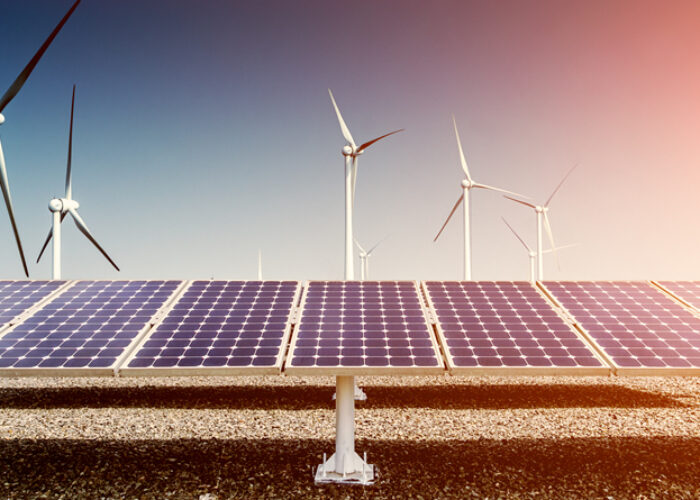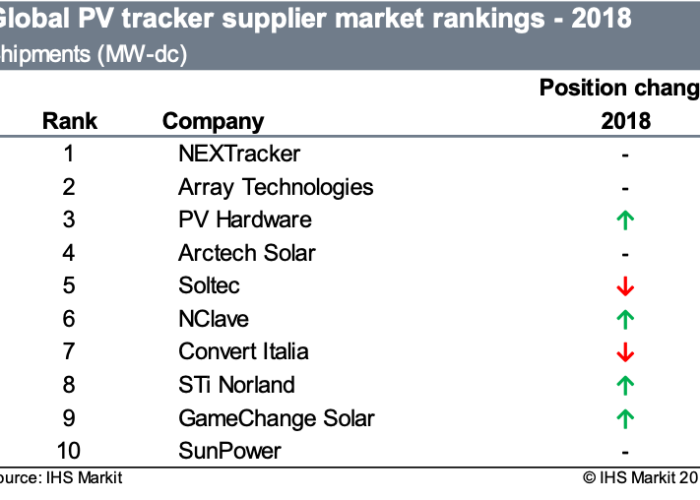Under plans submitted to combat climate change, renewable energy generation will more than double in eight of the world’s top 10 greenhouse gas (GHG) emitting economies by 2030, while three of those will see their nuclear generation increase tenfold.
A new study from the World Resources Institute, “Assessing the post-2020 clean energy landscape” focusses on the clean energy plans of Brazil, China, India, Indonesia, the EU, Japan, Mexico and the US.
Unlock unlimited access for 12 whole months of distinctive global analysis
Photovoltaics International is now included.
- Regular insight and analysis of the industry’s biggest developments
- In-depth interviews with the industry’s leading figures
- Unlimited digital access to the PV Tech Power journal catalogue
- Unlimited digital access to the Photovoltaics International journal catalogue
- Access to more than 1,000 technical papers
- Discounts on Solar Media’s portfolio of events, in-person and virtual
It quantifies how much renewable energy capacity would be added in those regions if so-called INDCs (Intended Nationally Determined Contributions) are implemented, as well as the effect on GHGs. INDCs outline each region or country’s commitment to fighting climate change ahead of the key multilateral COP21 talks in December. So far more than 150 have been submitted from around the world.
Using International Energy Agency (IEA) data, WRI found that the eight regions named, which are responsible for more than 60% of the world’s GHGs and 65% of global energy demand, will see their renewable energy supply leap from 8,900TWh per year in 2012 to 19,900TWh per year in 2030. Five of the eight, India, Brazil, Japan, Mexico and the US will see renewable capacity almost quadruple from 246GW in 2012 to 856GW by 2030. Overall, renewable energy levels in those eight major economies will rise by around 18% between 2012 and 2030, if dictated by the INDCs.
Two remaining members of the top 10 emitters, Canada and Russia, are yet to present their post-2020 plans. Meanwhile, China, India and Mexico will also see nuclear capacity increase by more than tenfold in that time, WRI said, with nuclear considered a “clean energy” in GHG terms and therefore included in pre-COP21 INDC commitments.
Insufficient
However, while the results of the study show a demonstrable and significant increase in renewable and clean energy deployment, overall it seems WRI and other institutions still believe the INDC-based pledges do not go far enough.
Commenting on a report published by the UN at the end of October which looks at plans submitted by most of the 150-plus countries to have already submitted INDCs, WRI director Jennifer Morgan said the INDCs indicated an “unprecedented level of effort” to limit the effects of climate change. However, despite this optimistic note, Morgan said the commitments remain insufficient to prevent a disastrous two-degree Celsius rise in global temperatures.
The United Nations Framework Convention on Climate Change issued the report assessing the plans of 146 countries, captured in 119 separate INDCs (some regions such as the EU include several countries but have one INDC).
If INDCs are implemented and followed, 2030 emission levels will be 7% lower than if they had not been. However, even with INDCs and this reduction, those GHG levels will still be 35% higher in 2030 than “levels that would be consistent with the least-cost pathway to a 2 degree C world”, WRI said of the report.
The reports follow similar stark warnings from the International Energy Agency, MIT and other organisations.

